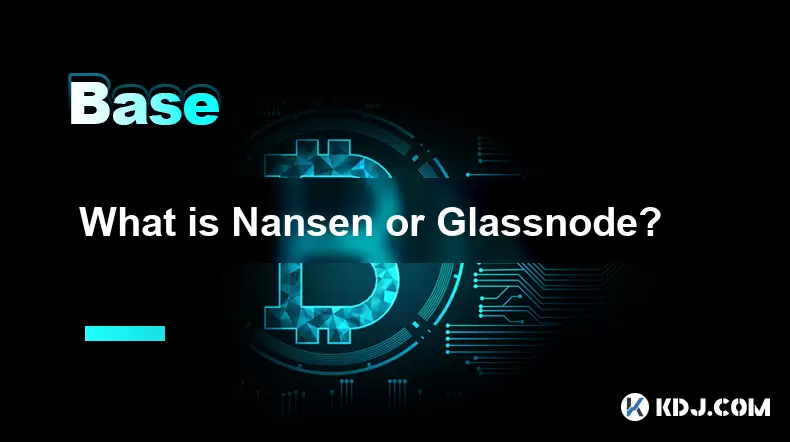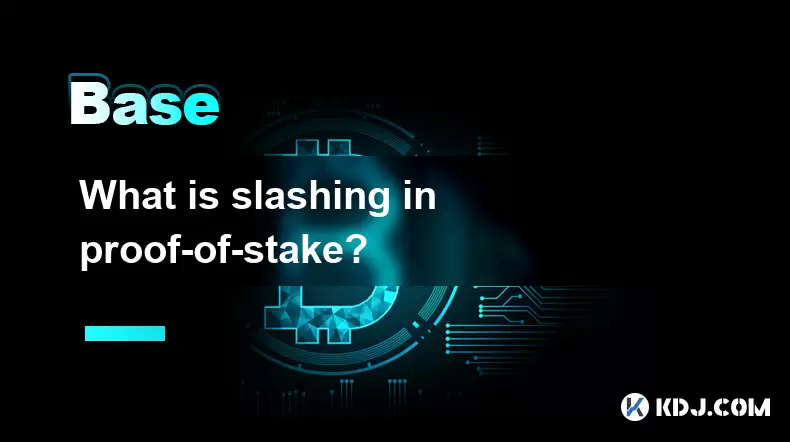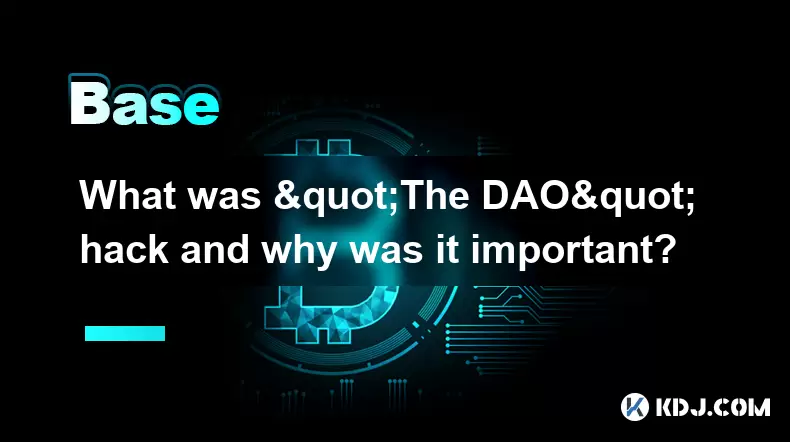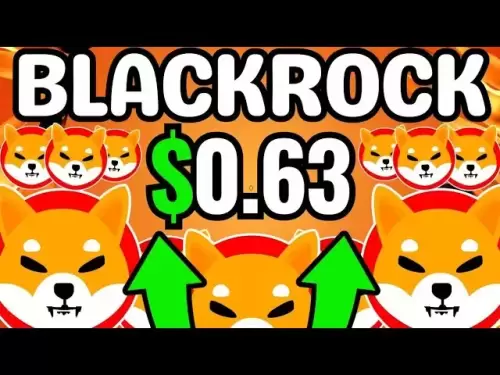-
 Bitcoin
Bitcoin $118100
-0.04% -
 Ethereum
Ethereum $3613
1.77% -
 XRP
XRP $3.442
-0.26% -
 Tether USDt
Tether USDt $1.000
-0.01% -
 BNB
BNB $737.9
1.57% -
 Solana
Solana $178.9
1.27% -
 USDC
USDC $0.9998
-0.01% -
 Dogecoin
Dogecoin $0.2537
4.74% -
 TRON
TRON $0.3185
-2.14% -
 Cardano
Cardano $0.8371
2.09% -
 Hyperliquid
Hyperliquid $44.91
-0.12% -
 Stellar
Stellar $0.4653
0.58% -
 Sui
Sui $3.864
3.04% -
 Chainlink
Chainlink $18.47
2.85% -
 Hedera
Hedera $0.2699
3.22% -
 Bitcoin Cash
Bitcoin Cash $521.6
1.41% -
 Avalanche
Avalanche $24.55
4.79% -
 Shiba Inu
Shiba Inu $0.00001508
2.40% -
 Litecoin
Litecoin $111.6
10.31% -
 UNUS SED LEO
UNUS SED LEO $9.003
0.31% -
 Toncoin
Toncoin $3.191
0.49% -
 Polkadot
Polkadot $4.398
4.55% -
 Uniswap
Uniswap $10.25
2.96% -
 Monero
Monero $327.1
2.44% -
 Ethena USDe
Ethena USDe $1.001
-0.03% -
 Bitget Token
Bitget Token $4.970
1.52% -
 Pepe
Pepe $0.00001356
4.51% -
 Dai
Dai $0.0000
0.00% -
 Aave
Aave $321.1
0.17% -
 Bittensor
Bittensor $416.3
1.67%
What is Nansen or Glassnode?
Nansen and Glassnode are leading blockchain analytics platforms offering real-time on-chain data, wallet tracking, and customizable dashboards to help traders and analysts make informed crypto decisions.
Jul 20, 2025 at 05:28 am

Understanding Nansen: A Deep Dive into On-Chain Analytics
Nansen is a blockchain analytics platform that provides users with the ability to track and analyze on-chain data across multiple cryptocurrencies. It was designed to help investors, traders, and analysts gain deeper insights into wallet activities, token flows, and market trends. One of the standout features of Nansen is its ability to label wallets, allowing users to distinguish between different types of entities such as exchanges, whales, and bots.
Nansen leverages on-chain data to offer real-time dashboards, alerts, and custom queries. These tools enable users to make informed decisions based on actual blockchain activity rather than speculative sentiment. For example, users can track large movements of tokens, monitor exchange inflows and outflows, and even observe the behavior of smart contracts.
Exploring Glassnode: Blockchain Intelligence and Market Insights
Glassnode is another prominent player in the blockchain analytics space, offering a suite of tools that provide real-time and historical data for various cryptocurrencies. It is particularly known for its Glassnode Studio, which allows users to build custom dashboards and analyze on-chain metrics in a highly visual and interactive way.
One of the core strengths of Glassnode lies in its extensive library of metrics, which includes supply distribution, network growth, and miner behavior. These metrics are updated in real time and are often used by institutional investors and analysts to identify trends and potential market turning points. For instance, Glassnode can show how many coins are currently held on exchanges versus in cold storage, offering insights into potential sell pressure.
Comparing Nansen and Glassnode: Features and Use Cases
When comparing Nansen and Glassnode, it’s important to consider their unique offerings and how they cater to different user needs. Nansen excels in wallet labeling and user-friendly dashboards, making it particularly appealing to traders and analysts who want to quickly identify patterns in on-chain behavior.
- Nansen offers labeled wallets, allowing users to see whether a transaction is coming from an exchange, a whale, or a known entity.
- Nansen provides alerts for specific wallet activities, which can be useful for tracking large movements or detecting unusual behavior.
On the other hand, Glassnode focuses more on raw data and customizable analytics. Its strength lies in the depth of its metrics and the ability to create highly specialized visualizations.
- Glassnode offers over 100 on-chain metrics, including supply dynamics, miner activity, and network health indicators.
- Glassnode Studio allows users to build custom dashboards and export data in various formats, making it ideal for institutional research.
How to Use Nansen: A Step-by-Step Guide
Using Nansen effectively requires understanding how to navigate its interface and interpret its data. Here’s a detailed walkthrough:
- Start by signing up for a Nansen account. You can choose from different subscription tiers depending on your needs.
- Once logged in, explore the pre-built dashboards. These include sections for Ethereum, Bitcoin, and other major blockchains.
- Use the search bar to look up specific wallets or tokens. If the wallet is labeled, you’ll see details such as whether it belongs to an exchange or a whale.
- Set up alerts for specific addresses or tokens. This can be done by clicking on the alert icon next to any wallet or token.
- Customize your dashboard by adding widgets that display key metrics like gas usage, exchange balances, or top movers.
Each of these steps helps users gain actionable insights from on-chain data. For example, tracking a whale’s movements can provide early warnings about potential market shifts.
How to Use Glassnode: A Step-by-Step Guide
To get the most out of Glassnode, follow these steps:
- Sign up for a Glassnode account. Like Nansen, it offers different subscription levels, including a free tier.
- Navigate to Glassnode Studio to begin building your dashboard. You can add metrics by selecting from the extensive library.
- Explore the metrics section to find indicators relevant to your analysis. For instance, the "Exchange Balance" metric can show whether coins are being withdrawn or deposited.
- Use the charting tools to visualize data over time. You can overlay multiple metrics to compare trends.
- Export your data or share your dashboard with others using the built-in sharing features.
These steps allow users to dive deep into blockchain analytics and make data-driven decisions. For example, analyzing miner outflows can help predict short-term price volatility.
Key Differences Between Nansen and Glassnode
While both platforms offer valuable insights, they differ in several key areas. Nansen is often praised for its intuitive interface and wallet labeling capabilities, which simplify the process of identifying important on-chain actors.
Glassnode, on the other hand, is more data-centric and appeals to users who require granular control over their analytics. Its focus on raw metrics and customization makes it a favorite among institutional analysts.
Another major difference is the way each platform presents data. Nansen offers pre-built dashboards that are easy to understand, while Glassnode requires users to build their own visualizations from scratch.
Frequently Asked Questions
1. Can I use Nansen or Glassnode for free?
Both platforms offer free tiers with limited access to their features. However, advanced analytics and additional metrics require a paid subscription.
2. Are Nansen and Glassnode suitable for beginners?
Nansen is generally more beginner-friendly due to its intuitive dashboards and labeled wallets. Glassnode may require a steeper learning curve due to its emphasis on raw data and customization.
3. How often is the data updated on Nansen and Glassnode?
Both platforms provide real-time data updates, ensuring that users have access to the latest on-chain information as it becomes available.
4. Can I export data from Nansen or Glassnode?
Yes, both platforms allow users to export data in various formats, including CSV and PNG for visualizations.
Disclaimer:info@kdj.com
The information provided is not trading advice. kdj.com does not assume any responsibility for any investments made based on the information provided in this article. Cryptocurrencies are highly volatile and it is highly recommended that you invest with caution after thorough research!
If you believe that the content used on this website infringes your copyright, please contact us immediately (info@kdj.com) and we will delete it promptly.
- WLFI Token Trading Approved: From Trump Ties to Community Votes
- 2025-07-20 09:10:12
- CoinDCX's $44.2 Million Security Breach: A Wake-Up Call for Crypto Exchanges
- 2025-07-20 08:30:13
- Trump, WLFI, and Token Release: A New York Minute on Crypto
- 2025-07-20 08:30:13
- Ripple's RLUSD: The Bluechip Stablecoin Set to Disrupt the Market?
- 2025-07-20 08:50:11
- Bitcoin Price Action: Is Weakening Demand on the Horizon?
- 2025-07-20 08:50:11
- Ripple's RLUSD: Top-Ranked Stablecoin Shaking Up the Market
- 2025-07-20 08:55:12
Related knowledge

What is the Inter-Blockchain Communication Protocol (IBC)?
Jul 19,2025 at 10:43am
Understanding the Inter-Blockchain Communication Protocol (IBC)The Inter-Blockchain Communication Protocol (IBC) is a cross-chain communication protoc...

How does sharding improve scalability?
Jul 20,2025 at 01:21am
Understanding Sharding in BlockchainSharding is a database partitioning technique that is increasingly being adopted in blockchain technology to enhan...

What is the "crypto trilemma" of scalability, security, and decentralization?
Jul 19,2025 at 06:28pm
Understanding the Concept of the Crypto TrilemmaThe crypto trilemma refers to the challenge of simultaneously achieving scalability, security, and dec...

How to get a job in crypto?
Jul 20,2025 at 08:14am
Understanding the Crypto Industry LandscapeThe cryptocurrency industry is a rapidly evolving space that includes blockchain technology, decentralized ...

What is slashing in proof-of-stake?
Jul 20,2025 at 06:07am
Understanding Slashing in Proof-of-StakeIn a Proof-of-Stake (PoS) blockchain network, slashing refers to the penalty mechanism used to deter validator...

What was "The DAO" hack and why was it important?
Jul 19,2025 at 09:08pm
Background of 'The DAO''The DAO' (Decentralized Autonomous Organization) was a venture capital fund built on the Ethereum blockchain, launched in Apri...

What is the Inter-Blockchain Communication Protocol (IBC)?
Jul 19,2025 at 10:43am
Understanding the Inter-Blockchain Communication Protocol (IBC)The Inter-Blockchain Communication Protocol (IBC) is a cross-chain communication protoc...

How does sharding improve scalability?
Jul 20,2025 at 01:21am
Understanding Sharding in BlockchainSharding is a database partitioning technique that is increasingly being adopted in blockchain technology to enhan...

What is the "crypto trilemma" of scalability, security, and decentralization?
Jul 19,2025 at 06:28pm
Understanding the Concept of the Crypto TrilemmaThe crypto trilemma refers to the challenge of simultaneously achieving scalability, security, and dec...

How to get a job in crypto?
Jul 20,2025 at 08:14am
Understanding the Crypto Industry LandscapeThe cryptocurrency industry is a rapidly evolving space that includes blockchain technology, decentralized ...

What is slashing in proof-of-stake?
Jul 20,2025 at 06:07am
Understanding Slashing in Proof-of-StakeIn a Proof-of-Stake (PoS) blockchain network, slashing refers to the penalty mechanism used to deter validator...

What was "The DAO" hack and why was it important?
Jul 19,2025 at 09:08pm
Background of 'The DAO''The DAO' (Decentralized Autonomous Organization) was a venture capital fund built on the Ethereum blockchain, launched in Apri...
See all articles

























































































